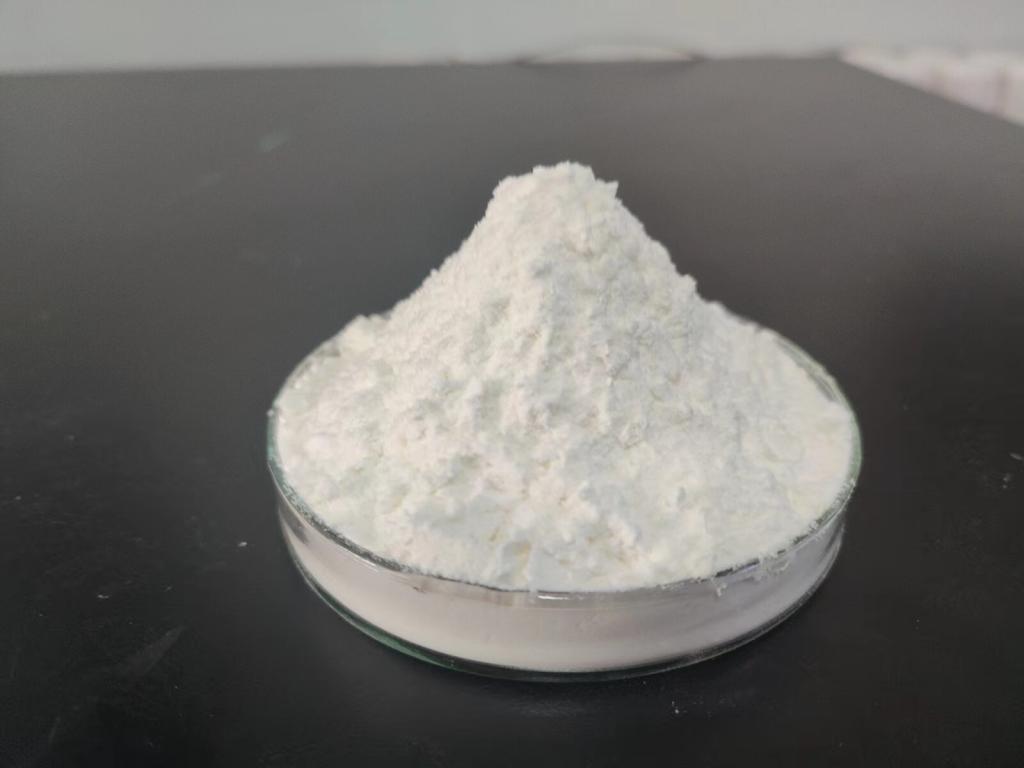Tel:+8618231198596

News
 CONTACT
CONTACT
 CONTACT
CONTACT
- Linkman:Linda Yao
- Tel: +8618231198596
- Email:linda.yao@dcpharma.cn
- Linkman:CHARLES.WANG
- Department:Overseas
- Tel: 0086 0311-85537378 0086 0311-85539701
News
Evaluating the effectiveness of ε-Polylysine hydrochloride against antibiotic-resistant bacteria.
TIME:2024-04-19
Understanding Antibiotic Resistance
Antibiotic resistance occurs when bacteria develop mechanisms to evade the effects of antibiotics, rendering them ineffective in treating infections. Factors contributing to antibiotic resistance include misuse and overuse of antibiotics, inadequate infection control measures, and genetic mutations in bacterial populations. The proliferation of antibiotic-resistant bacteria poses serious challenges in clinical settings, leading to treatment failures, prolonged illness, and increased healthcare costs.
Mechanisms of Action of ε-Polylysine Hydrochloride
ε-Polylysine hydrochloride exerts its antimicrobial activity through several mechanisms:
Disruption of Cell Membranes: ε-Polylysine hydrochloride interacts with bacterial cell membranes, causing disruption of membrane integrity and permeability. This disrupts essential cellular functions, leading to cell lysis and death.
Inhibition of Protein Synthesis: ε-Polylysine hydrochloride can interfere with bacterial protein synthesis, disrupting the production of essential proteins necessary for bacterial growth and survival.
Inactivation of Enzymes: ε-Polylysine hydrochloride may inhibit the activity of certain bacterial enzymes involved in metabolic processes, further impairing bacterial viability.
Potential Synergistic Effects: ε-Polylysine hydrochloride may exhibit synergistic effects when combined with other antimicrobial agents, enhancing overall efficacy against antibiotic-resistant bacteria.
Antimicrobial Properties of ε-Polylysine Hydrochloride
Broad-Spectrum Activity: ε-Polylysine hydrochloride demonstrates broad-spectrum antimicrobial activity against a wide range of bacteria, including both Gram-positive and Gram-negative strains. This versatility makes it effective against various antibiotic-resistant pathogens.
Low Potential for Resistance Development: Due to its multiple mechanisms of action, ε-Polylysine hydrochloride has a low potential for inducing bacterial resistance. This contrasts with traditional antibiotics, where resistance can develop rapidly through genetic mutations or horizontal gene transfer.
Biodegradability: ε-Polylysine hydrochloride is biodegradable, breaking down into non-toxic byproducts over time. This eco-friendly characteristic reduces environmental impact and aligns with sustainability goals.
Stability: ε-Polylysine hydrochloride exhibits stability under a wide range of environmental conditions, including temperature and pH variations, making it suitable for various applications.
Evaluating Effectiveness Against Antibiotic-Resistant Bacteria
Several studies have evaluated the effectiveness of ε-Polylysine hydrochloride against antibiotic-resistant bacteria:
Methicillin-Resistant Staphylococcus aureus (MRSA): MRSA is a major cause of healthcare-associated infections and poses challenges in clinical settings due to its resistance to multiple antibiotics. Studies have shown that ε-Polylysine hydrochloride exhibits potent activity against MRSA strains, making it a promising alternative for infection control.
Extended-Spectrum Beta-Lactamase (ESBL)-Producing Enterobacteriaceae: ESBL-producing Enterobacteriaceae, such as Escherichia coli and Klebsiella pneumoniae, are resistant to many beta-lactam antibiotics. Research indicates that ε-Polylysine hydrochloride effectively inhibits the growth of ESBL-producing strains, offering a potential solution for combating these multidrug-resistant pathogens.
Carbapenem-Resistant Enterobacteriaceae (CRE): CRE strains, resistant to carbapenem antibiotics, are associated with high mortality rates and limited treatment options. ε-Polylysine hydrochloride has shown promising activity against CRE isolates, highlighting its potential in addressing infections caused by these challenging pathogens.
Multidrug-Resistant Acinetobacter baumannii: Acinetobacter baumannii is notorious for its multidrug resistance and ability to cause healthcare-associated infections. Studies have demonstrated the effectiveness of ε-Polylysine hydrochloride against multidrug-resistant A. baumannii strains, suggesting its utility in infection prevention and control.
Potential Applications and Future Directions
The effectiveness of ε-Polylysine hydrochloride against antibiotic-resistant bacteria opens up several potential applications:
Clinical Settings: ε-Polylysine hydrochloride could be used for topical or systemic treatment of infections caused by antibiotic-resistant bacteria, either alone or in combination with other antimicrobial agents.
Food Safety: In the food industry, ε-Polylysine hydrochloride could be employed as a natural preservative to control the growth of antibiotic-resistant pathogens in food products, reducing the risk of foodborne illness.
Environmental Remediation: ε-Polylysine hydrochloride may have applications in environmental remediation, such as disinfection of wastewater or contaminated surfaces, to control the spread of antibiotic-resistant bacteria in the environment.
Veterinary Medicine: In veterinary medicine, ε-Polylysine hydrochloride could be explored as an alternative to antibiotics for treating infections in animals, helping to mitigate the spread of antibiotic resistance in veterinary settings.
Challenges and Considerations
Despite its promising attributes, several challenges and considerations exist regarding the use of ε-Polylysine hydrochloride against antibiotic-resistant bacteria:
Regulatory Approval: Regulatory approval for the use of ε-Polylysine hydrochloride in clinical and non-clinical settings may vary across jurisdictions, requiring comprehensive safety and efficacy evaluations.
Resistance Monitoring: Continued surveillance is necessary to monitor the emergence of resistance to ε-Polylysine hydrochloride and to ensure its long-term effectiveness against antibiotic-resistant bacteria.
Formulation and Delivery: Optimizing the formulation and delivery of ε-Polylysine hydrochloride for specific applications, such as topical treatments or food preservatives, requires careful consideration of factors such as stability, bioavailability, and safety.
Public Awareness and Acceptance: Educating healthcare professionals, consumers, and stakeholders about the benefits and limitations of ε-Polylysine hydrochloride is essential to foster acceptance and trust in its use as an antimicrobial agent.
Conclusion
ε-Polylysine hydrochloride holds promise as a valuable weapon in the fight against antibiotic-resistant bacteria. Its broad-spectrum antimicrobial activity, low potential for resistance development, and eco-friendly properties make it a compelling candidate for addressing the global challenge of antibiotic resistance. By exploring its effectiveness in various applications, from clinical settings to food safety and environmental remediation, ε-Polylysine hydrochloride has the potential to make a significant impact in safeguarding public health and promoting sustainable antimicrobial practices.
- Tel:+8618231198596
- Whatsapp:18231198596
- Chat With Skype







